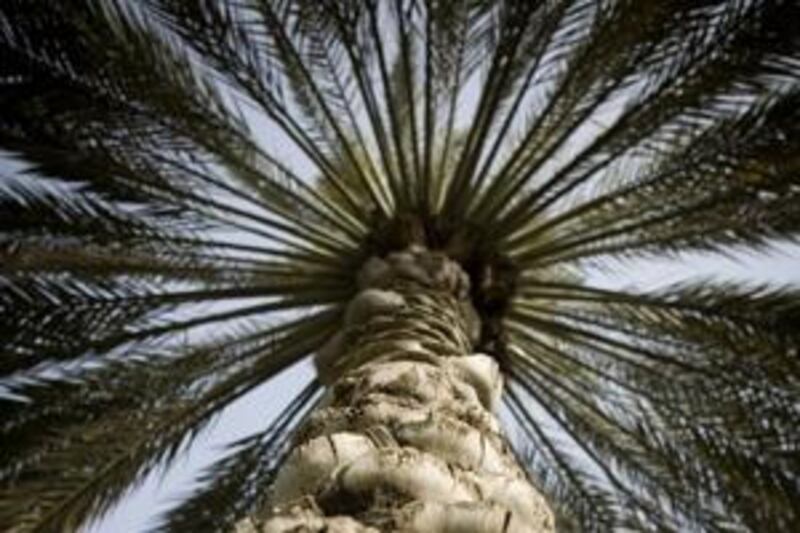Scientists have sequenced the date palm genome, a development they hope will aid efforts at breeding improved versions of the trees, which have been a valued source of food in the region for thousands of years. A team of researchers at the Weill Cornell Medical College in Qatar took just seven weeks to generate the genome sequence using the latest technology. They have published the data online and are now hoping to further refine their draft genome sequence.
"Most of the gene content pretty much has been sequenced and been made available for download, although there are still small gaps in the sequence," said Joel Malek, director of the genomics laboratory at the university. He said that compared with previous data the newly published information offers an approximately 1,000-fold improvement in the level of detail of the date palm genome. The genome data may, he said, help scientists produce a genetic test to distinguish between male and female date palm plants. Only female date palms produce dates.
Unlike most other species that have separate male and female individuals, Mr Malek said, the date palm does not have easily identifiable male and female chromosomes that help distinguish between the sexes. As a result, seeds have to be grown and the plants observed to see if they yield dates, a process that takes several years. Alternatively, female plants can be propagated from cuttings, a labour-intensive procedure.
"It would be really exciting as well if we could find out more about genes for disease resistance and for improving the quality of the fruit," Mr Malek added. Equipment described as next-generation sequencers was used to sequence the date palm genome, which is the sequence of what are called base pairs within the strands of deoxyribonucleic acid, or DNA. The strands of DNA, whose function is to code for proteins, are arranged into chromosomes.
Mr Malek said similar technology had been used by scientists to sequence the genomes of many other species, but that their group was the first to use it on the date palm. "It's been applied in the United States and Europe, but those countries are not interested in the date palm," he said. "They have focused on genomes of more interest in those parts of the world and the date palm was not on their radar."
The date palm, which has the Latin name Phoenix dactylifera, is thought to have been cultivated up to 8,000 years ago. DNA for the sequencing came from date palm leaves provided by a laboratory in Qatar's ministry of municipal affairs and agriculture. Weill Cornell Medical College in Qatar is one of six US university branch campuses in Education City, a complex funded by the government's Qatar Foundation.
The researchers are preparing their information for publication in a peer-reviewed journal. Their work follows the announcement in September that scientists in Saudi Arabia had carried out the first sequencings of the Arab human genome. dbardsley@thenational.ae






